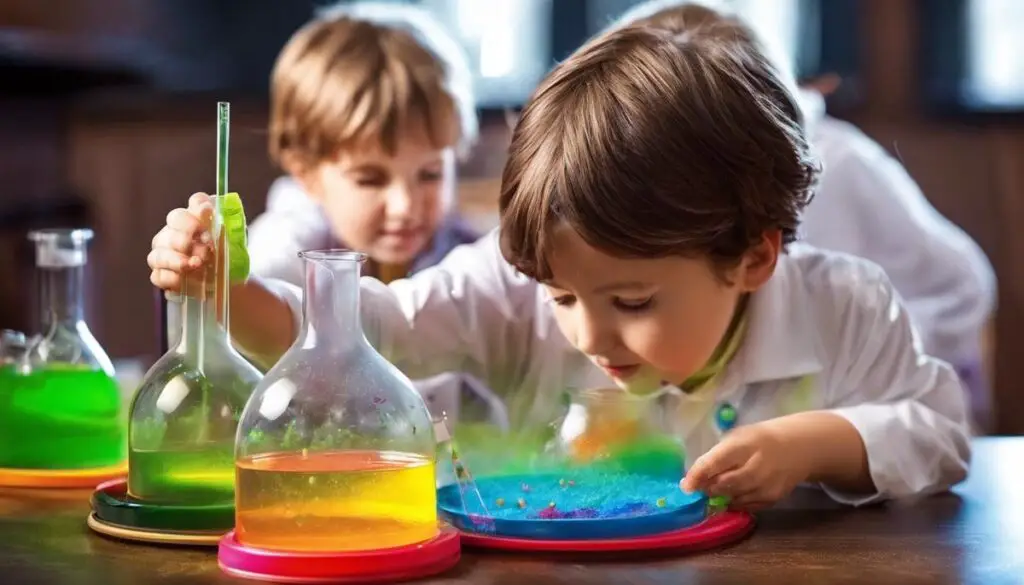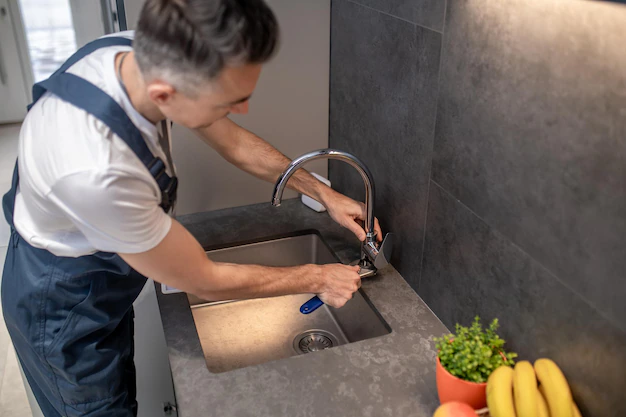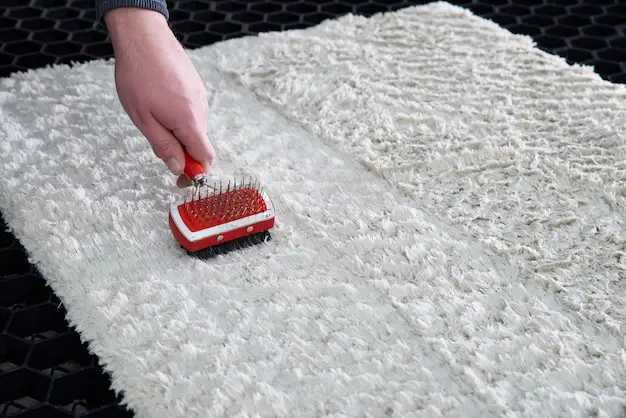Here are three strategies on how to entertain kids at home. Read on to find out.
Table of Contents
Countless parents worldwide often grapple with the prospect of keeping their children engaged and entertained at home. It can be an overwhelming task to find the balance between fun and beneficial activities that will stimulate the kids’ developing minds and expend their boundless energy.
This piece delves into various innovative methods to ensure your kids remain productive and entertained in the home environment. Covering educational activities that are as fun as they are enlightening, physical activities to burn off that extra enthusiasm, and interactive games meant to cultivate problem-solving skills and creativity, this comprehensive guide presents a gold mine of engaging options at your fingertips.
3 Strategies on How to Entertain Kids at Home
1. Transform everyday items into unique and fun educational tools
If one explores the world through the eyes of a child, every item in the home can become a potential learning tool. With a dash of imagination and a sprinkle of creativity, mundane objects can transform into perfect ingredients for incorporating education in your child’s daily routine.
Here are some handy tips to turn household items into fabulous educational tools.
Connect your child’s love for play with their fascination for bright and colorful objects with piled up laundry. Use both colored and white clothes to engage your young ones in a fun sorting game. It not only sparks their attention but also instills in them the concept of categories and color recognition.
Your kitchen pantry is not merely limited to cooking essentials. A range of textures, colors and shapes of dry goods like pasta, beans, or grains can form an invaluable tactile learning experience. Kids can sort, count, and even create art with these items, enabling them to learn about sizes, shapes, and numbers at their own pace.
Your cozy living room can easily turn into a storytelling wonderland with the help of family photos. Accompany your child on a journey through the past and help them understand about time, relationships, and family bonds. Besides that, it also enhances their speaking abilities and memory recall.
Remember the excitement of building forts using pillows and blankets? This nostalgic childhood activity stimulates creativity, planning and problem-solving skills. Additionally, it encourages kids to learn about spaces, shapes, and balance. Not to mention, the immense fun in building their own cozy havens!
Take advantage of your recycling bin to give unused items a second life. Providing these items to children fuels their imagination and creativity. Cardboard boxes can become castles, plastic bottles can turn into rocket ships, and the possibilities are endless!
Finally, don’t underestimate the educational power of your own backyard. Container gardening with herb plants offers children an opportunity to learn firsthand about plant lifecycle, responsibility of care, and patience while they wait for their greens to grow.
So, the next time you wonder how to make learning exciting for your little one, simply look around! Every corner of your home hides a wonderful opportunity to motivate and educate your child, blending an enjoyable experience with valuable life lessons. Remember, learning doesn’t have to be confined to textbooks, it’s all around us!

2. Energize kids through at-home exercises to keep them active
Being a parent means encouraging our little ones to lead healthy lives – and a big part of that is regular exercise. However, dragging the kiddos away from their screens to sweat a little can be easier said than done! Fear no more! Here you will find a set of engaging at-home exercises – carefully picked for their fun, practicality, and ability to clash a giggle out of your youngsters.
First off, try “Living Room Dance-offs.” Unleash your kid’s inner rockstars by rolling out an impromptu dance competition right in the heart of your home. Make this more fun by creating planned “dance off” competitions every week. Consider playing a broad mix of music, from country to pop, so they can explore different dance styles. Don’t forget to join in; the pleasure of movement is an infectious mood-lifter for the whole family.
Next comes our so-called “Animal Races.” Let your children bring out their inner lion or cheetah. Races in the garden or down the hallway imitating various animals help develop a child’s imagination, coordination, and power. Plus, it’s a hilarious sight to behold!
Don’t forget about “Toy Cleanup Relay.” This isn’t just an exercise; it’s a practical approach to getting toys back in their rightful place. Make two or more teams (depending on how many kids you have, or join them!) and assign each a toy bin. The aim of the game is to quickly pick a toy, run to the bin, and deposit it. The first team to clean up all toys wins.
Expand their horizons with “Balloon Volleyball.” No need for a fancy net or actual volleyball. A simple balloon will do. The aim is to keep the balloon from touching the ground with just their hands. It’s a fantastic way to improve reflexes and coordination skills.
Finally, explore “Homestyle Obstacle Courses.” It won’t take much to transform your living room into a dynamic obstacle course. Use cushions for hopping over, a hula hoop for jumping through, and dining chairs for crawling under. Change the positions and difficulty level each time to keep them engaged and challenged.
Remember, our goal isn’t to prepare for the Olympics; it’s to make exercising a fun activitity. Parents and caretakers play an integral in role instilling the importance of physical activity in kids. So, don’t forget to join in, bond over the energy, and make tons of wonderful memories!
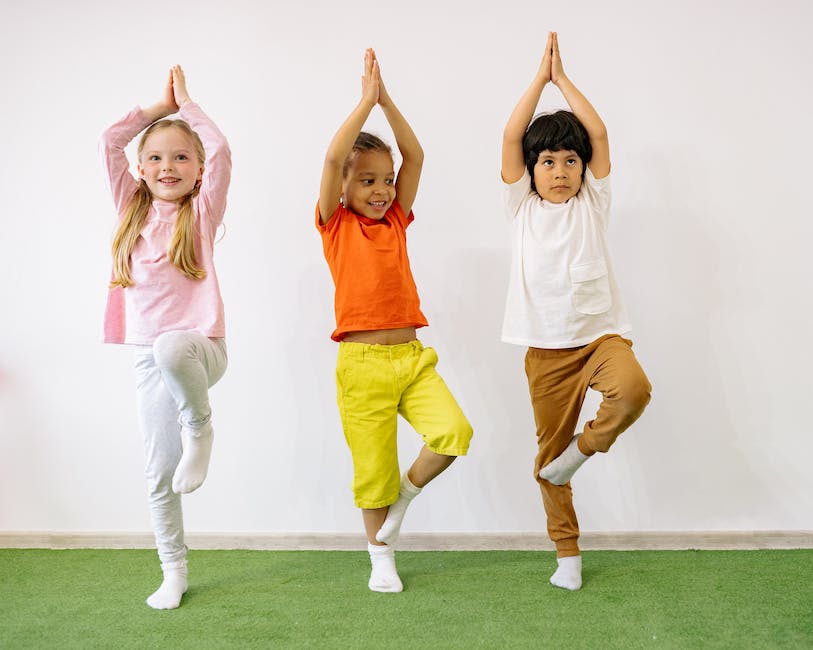
3. Let them engage in interactive games
Boosting your children’s creativity and problem-solving skills is quite essential. As parents, we can find ways to integrate more interactive and educational games into their daily activities. With that said, here are some more games that you can incorporate in your family’s routine.
- Robotic Toys: Hands-on gadgets like programmable robots can be great tools for your children to explore creativity while learning problem-solving. These toys can be coded to perform a variety of tasks that assist your child in understanding the basics of programming and engineering.
- Pretend Play Market: Set up a pretend food market or restaurant at home. This interactive role-play game aids children in developing language skills, decision-making capabilities, social interactions, and understanding commerce basics.
- Puzzles: These classic problem-solving tools come in various forms, from traditional jigsaw puzzles to 3D structures. Puzzles are perfect for developing visual-spatial skills, hand-eye coordination, and of course, excellent problem-solving prowess.
- Math Games: Turn everyday items into teaching tools. For instance, compare weights using a kitchen scale or teach fractions while baking a cake. These tangible examples can improve a child’s understanding of complex math concepts.
- Craft Projects: Crafts can be an excellent way to foster creativity and problem-solving. Provide a variety of materials and let them create whatever they want, or give them a project objective. Remember, the process is more important than the product for cultivating creative, problem-solving skills.
- Memory Card Games: Card games that require memory tasks can foster a child’s problem-solving abilities. Matching pairs, for instance, promotes visual memory, concentration, and attention to detail.
Elevating the creativity and problem-solving capabilities of your children doesn’t have to be a dreadful task filled with worksheets and exams. Infusing learning in their play can lead to incredibly beneficial results while also providing an opportunity for you to bond with them. As always, remember, parenting isn’t about perfection. It’s about constantly learning, growing with your children, and doing your best to nurture your child’s individual skills and talents. Always be supportive and encourage their creative endeavors. After all, these are the everyday moments that will become precious memories in your family’s story.
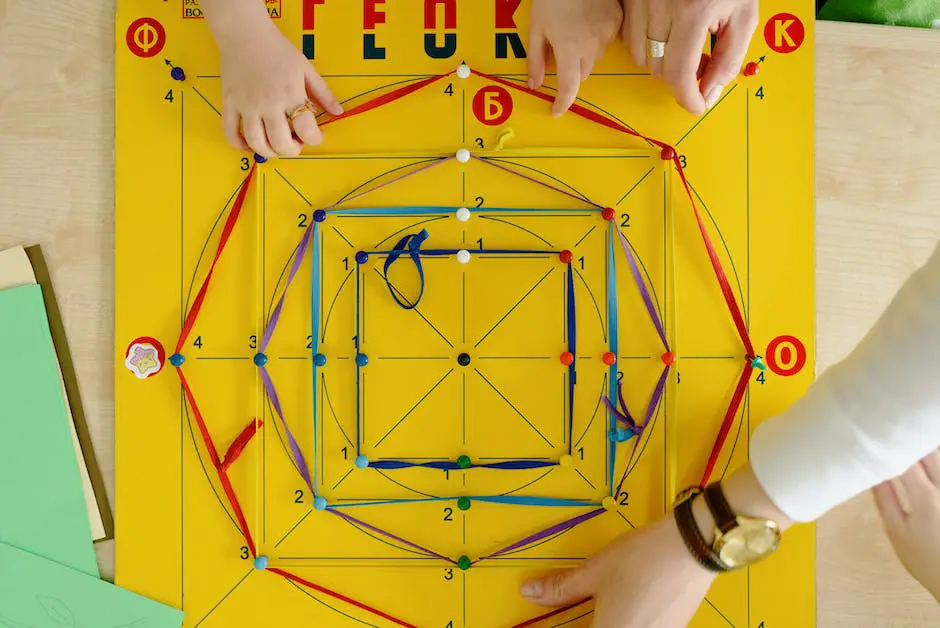
To sum up, the home environment offers a multitude of opportunities for children to learn, engage, and have fun. Exploring a plethora of educational activities, from DIY science experiments to virtual museum tours, helps stimulate kids’ minds and satisfy their natural curiosity. Physical activities, such as Yoga for children and indoor obstacle courses, ensure they stay active and healthy while burning off surplus energy. Additionally, interactive games offer a unique platform for imagination, creativity, and problem-solving, contributing fully-rounded home-centered upbringing. So next time you’re in search for ways to entertain your kids at home, refer back to this guide for a variety of interesting and beneficial activities your kids will certainly love.
